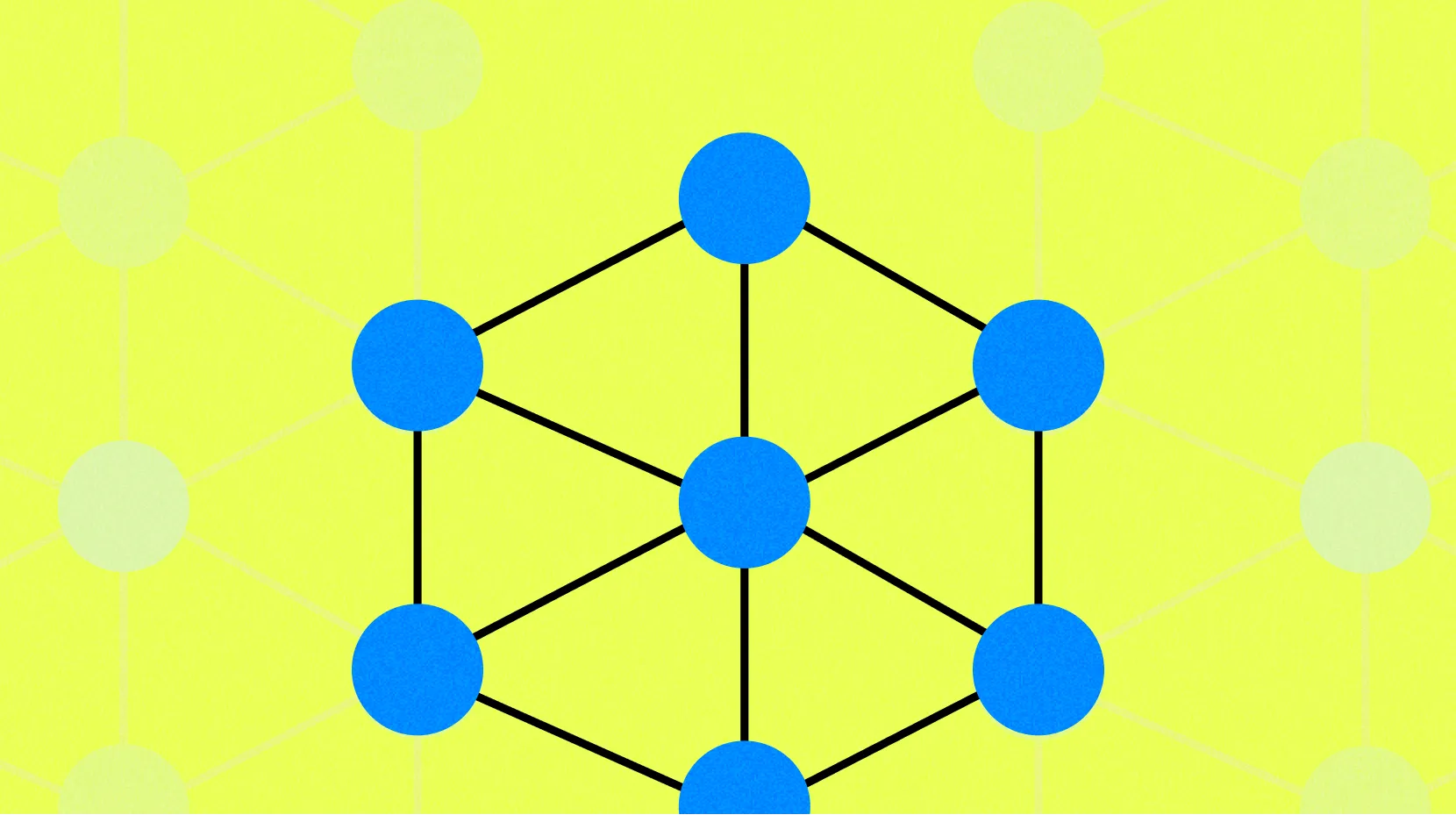Revolucionando la conectividad: DeWi en la vida cotidiana y más allá
En esta lección, exploraremos el impacto transformador de la infraestructura inalámbrica descentralizada (DeWi) en varios aspectos de nuestra vida diaria, desde cómo trabajamos y viajamos hasta cómo disfrutamos del entretenimiento
La infraestructura inalámbrica descentralizada (DeWi) está remodelando las aplicaciones cotidianas en el trabajo, los viajes y el entretenimiento, mostrando su amplio potencial e importancia. En el campo laboral, DeWi facilita la conectividad del trabajo remoto, ejemplificado por iniciativas como la red NYCMesh en la ciudad de Nueva York.

Este proyecto impulsado por la comunidad proporciona una conexión a Internet asequible y descentralizada, crucial para la creciente fuerza laboral remota. Además, DeWi presenta VPN descentralizadas, como Orchid Protocol, que ofrece un enfoque novedoso de la privacidad en Internet, lo que permite a los usuarios comprar ancho de banda de un grupo global, mejorando así la seguridad y el anonimato en línea.
Para viajar, DeWi revoluciona la conectividad local. WiFi Map se destaca como una aplicación práctica, ya que colabora con ubicaciones de puntos de acceso WiFi e integra un sistema de recompensas basado en tokens para incentivar las contribuciones de los usuarios.
En el entretenimiento, plataformas como Audius irrumpen en los servicios tradicionales de streaming al facilitar las transacciones directas entre oyentes y creadores, eliminando así intermediarios y fomentando un ecosistema digital más equitativo.
De cara a las aplicaciones futuras, DeWi está llamado a revolucionar sectores como el Internet de las Cosas (IoT) y los vehículos autónomos. La iniciativa de Helium Network de construir una infraestructura descentralizada para dispositivos IoT ejemplifica esto, ofreciendo una forma novedosa para que los usuarios ganen tokens mientras brindan cobertura de red. Del mismo modo, proyectos como DAV Network prevén un ecosistema descentralizado para que los vehículos autónomos se comuniquen y realicen transacciones, lo que promete un futuro más autónomo y eficiente para el transporte.
La intersección de DeWi con tecnologías emergentes como IoT, IA y Web3 allana el camino para una gran cantidad de avances. IoT se beneficia de las soluciones de conectividad escalables de DeWi, la IA puede aprovechar DeWi para una transmisión eficiente de datos esenciales para el procesamiento en tiempo real, y los proyectos Web3, como Filecoin e IPFS, ilustran cómo el almacenamiento descentralizado junto con DeWi puede crear una infraestructura de Internet totalmente descentralizada.
Las implicaciones ambientales de DeWi también merecen consideración. Si bien DeWi tiene el potencial de reducir los desechos electrónicos y aumentar la eficiencia energética mediante la utilización de dispositivos existentes y la optimización de las rutas de datos, debe sortear los desafíos asociados con el consumo de energía de blockchain y el aumento potencial en la producción de dispositivos.
Al revolucionar la industria de las telecomunicaciones, DeWi enfatiza la descentralización de la propiedad de la red, incentivando directamente la participación de los usuarios a través de la tecnología blockchain y mejorando la conectividad y la accesibilidad. Su resistencia a los ataques, junto con su apoyo a las nuevas tecnologías y aplicaciones, marca a DeWi como una fuerza fundamental en la evolución hacia un mundo digital más descentralizado, accesible y empoderado por el usuario.





